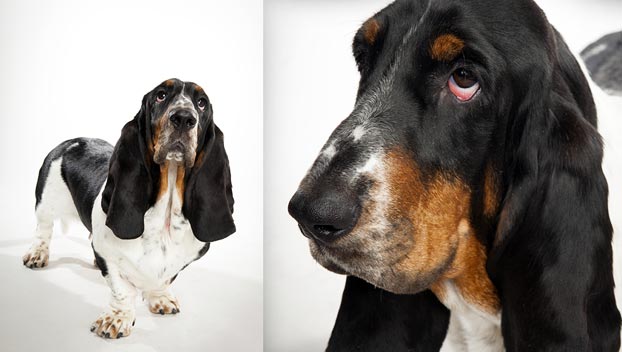

However, it is still a relatively rare breed outside of Finland. The Finnish Hound is a popular breed in Finland, and it is recognised by several international kennel clubs, including the American Kennel Club and the United Kennel Club. The breed is also known for its friendly and sociable nature, making it a popular choice for families in Finland. Today, the Finnish Hound is known for its excellent sense of smell and its ability to track game over long distances. Breeders continued to refine the breed, and it became recognised by the Fédération Cynologique Internationale (FCI) in 1979. The Finnish Kennel Club was established in 1889, and in the early 1900s, a breed standard for the Finnish Hound was created. The breed’s ability to track game in harsh conditions made it an ideal hunting companion for Finnish hunters. Hunting has been an important part of Finnish culture for centuries, and the Finnish Hound was developed to aid in this activity. The breeders aimed to create a dog that could withstand the harsh Finnish climate while maintaining excellent tracking and hunting skills.įinland is a country located in northern Europe and is known for its beautiful scenery, including vast forests and numerous lakes. The Finnish Hound was created by crossing various hound breeds, including the English Foxhound and the German Hound. In recent years, the Finnish Hound has become a popular choice for hunting hare and other small game. The breed was bred for hunting purposes and was initially used for tracking game such as elk, bear, and fox. The Finnish Hound is a relatively young breed, and its origins can be traced back to Finland in the early 1800s.

Interaction with Children and Other Pets.They acts as a spokesperson on matters of health and will collaborate with The Kennel Club on any health concerns the breed may have. If you have any concerns about a particular health condition in your breed then you may wish to speak to your vet or you could contact your breed health co-ordinator.īreed health co-ordinators are individuals working on behalf of breed clubs and councils who are advocates for the health and welfare of their chosen breed. Have any questions about health in your breed? You can also view the inbreeding coefficient calculation for a puppy's parents, or for a dog you're thinking of breeding from. Please visit our Health Test Results Finder to discover the DNA or screening scheme test results for any dog on The Kennel Club's Breed Register. Find out about a particular dog's results Kennel Club Assured breeders and Kennel Club Accredited Instructors receive a 10% discount.įind out more about The Kennel Club DNA Testing Services. Saluki Neuronal ceroid lipofuscinosis (Sal-NCL).The DNA tests listed above marked with an asterisk (*) are included in our DNA Testing Services. *The Kennel Club DNA Testing Services - simple to use and easy to organise all-in-one DNA tests DNA test - Sal-NCL - part of The Kennel Club DNA Testing Services* (see below).We strongly recommend that all breeders, both assured breeders (ABs) and non ABs, use the following (or equivalent) schemes, tests and advice Non-breed-standard colour means that the colour is not accepted within the breed standard and whilst some dogs within the breed may be this colour it is advised to only select a dog that fits within the breed standards for all points.Ĭolour is only one consideration when picking a breed or individual dog, health and temperament should always be a priority over colour. In this instance you would be directed through our registrations process to contact a breed club and/or council to support you on identifying and correctly listing the new colour. 'Other' means you consider your puppy to be a colour not currently known within the breed and one that does not appear on either the breed standard or non-breed standard list.

Breed standard colour means that the colour is accepted within the breed standard and is a traditional and well-known colour in this breed.īreed standard colours in this breed include:


 0 kommentar(er)
0 kommentar(er)
